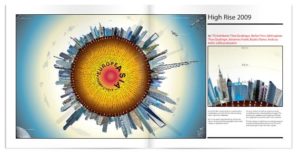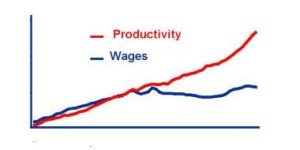 In a past post, I wondered how a local museum theater could make money showing movies to limited audiences. Well, here is a step in wrong direction, business-wise, anyway: the $0.00 ticket.
In a past post, I wondered how a local museum theater could make money showing movies to limited audiences. Well, here is a step in wrong direction, business-wise, anyway: the $0.00 ticket.
All kidding aside, Free Fridays are a great way to get people into the museums, and it’s probably pretty good for business overall. The MoMA was packed with people, and the gift shop–and it’s $40 photobooks and $23 T-shirts–was equally occupied. An interesting question is then “How much does the museum make on each $0.00 ticket?”
An uninteresting question is “why didn’t the security guard just let me in without a ticket, instead of demanding that I go grab two from a big pile on the front desk and then not collect the tickets from me anyway?”
It was enough to make me consider asking for my money back.






